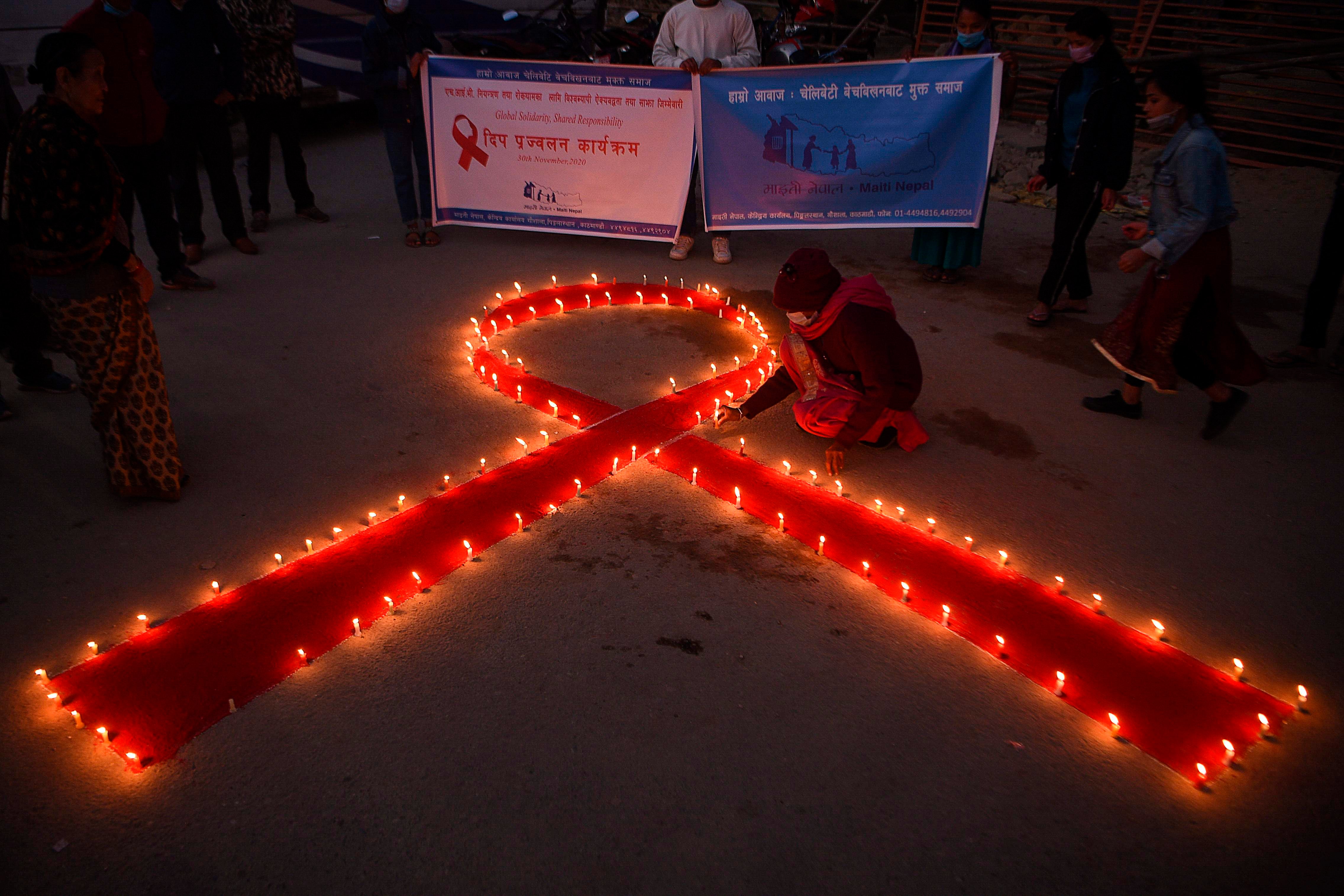Researchers believe Argentina woman’s own immune system may have cured her of HIV
The woman was first diagnosed with HIV in 2013

Your support helps us to tell the story
From reproductive rights to climate change to Big Tech, The Independent is on the ground when the story is developing. Whether it's investigating the financials of Elon Musk's pro-Trump PAC or producing our latest documentary, 'The A Word', which shines a light on the American women fighting for reproductive rights, we know how important it is to parse out the facts from the messaging.
At such a critical moment in US history, we need reporters on the ground. Your donation allows us to keep sending journalists to speak to both sides of the story.
The Independent is trusted by Americans across the entire political spectrum. And unlike many other quality news outlets, we choose not to lock Americans out of our reporting and analysis with paywalls. We believe quality journalism should be available to everyone, paid for by those who can afford it.
Your support makes all the difference.A woman in Argentina has been identified as the second person ever whose own immune system may have cured her of the Human Immunodeficiency Virus (HIV).
The 30-year-old woman was first diagnosed with HIV-1, the most common type of HIV, in 2013.
After eight years of multiple follow up checks, however, there appears to be no sign of active viral infection in her body, according to a study published in the Annals of Internal Medicine journal on Monday.
The woman, who has not been identified over concerns related to the stigma that arises from the disease, has been called the “Esperanza patient” by researchers.
This is because the discovery has brought hope for 38 million people suffering from HIV across the globe for a possible “sterilising cure,” an extremely rare cure that is attained through natural immunity.
The Spanish word “Esperanza” means hope in English.
The woman is an “elite controller,” a term used by researchers to identify those rare HIV-positive subjects who have been living without taking Anti-Retroviral Therapy (ART), which is the treatment for HIV. The woman has been living without ART for the past eight years.
Researchers in Argentina and the US made this observation as they had been collecting blood samples from her since 2017 for signs of the dormant virus, said the study, which pointed out that the scientists did not find intact HIV genomes after testing over 1.19 billion blood and 500 million tissue cells.
“Genome-intact and replication-competent HIV-1 were not detected in an elite controller despite analysis of massive numbers of cells from blood and tissues, suggesting that this patient may have naturally achieved a sterilising cure of HIV-1 infection,” the study stated.
Antiretrovirals are administered to suppress HIV replication. However, at times, the virus inserts its genetic blueprints into chromosomes and establishes a latent reservoir that is often invisible to the immune system.
Such inactive forms of HIV are known as HIV proviruses. These can remain dormant in resting CD4 T-cells, a form of T-cells that contain the CD4 protein found on certain immune cells, when under treatment.
“I enjoy being healthy. I have a healthy family. I don’t have to medicate, and I live as though nothing has happened. This already is a privilege,” the woman told NBC News in an email.
Xu Yu, a viral immunologist at the Ragon Institute in Boston led the study in partnership with Natalia Laufer, a physician-scientist at the INBIRS Institute in Buenos Aries. “This is really the miracle of the human immune system that did it,” Dr Yu said.
“We are now looking toward the possibility of inducing this kind of immunity in persons on ART through vaccination, with the goal of educating their immune systems to be able to control the virus without ART,” she added.
The first patient to be cured of HIV without a stem transplant had been identified as 67-year-old Loreen Willenberg from San Francisco. She was first diagnosed with HIV in 1992 and was only discovered by scientists in August 2020.
“Finding one patient with this natural ability for functional cure [no virus that can reproduce] is good, but finding two means so much more. It means there must be more people like this out there,” she said.
“This is a significant leap forward in the world of HIV cure research. Upon diagnosis, her tests surprised us all,” Dr Laufer told The Times in March.
Join our commenting forum
Join thought-provoking conversations, follow other Independent readers and see their replies
Comments